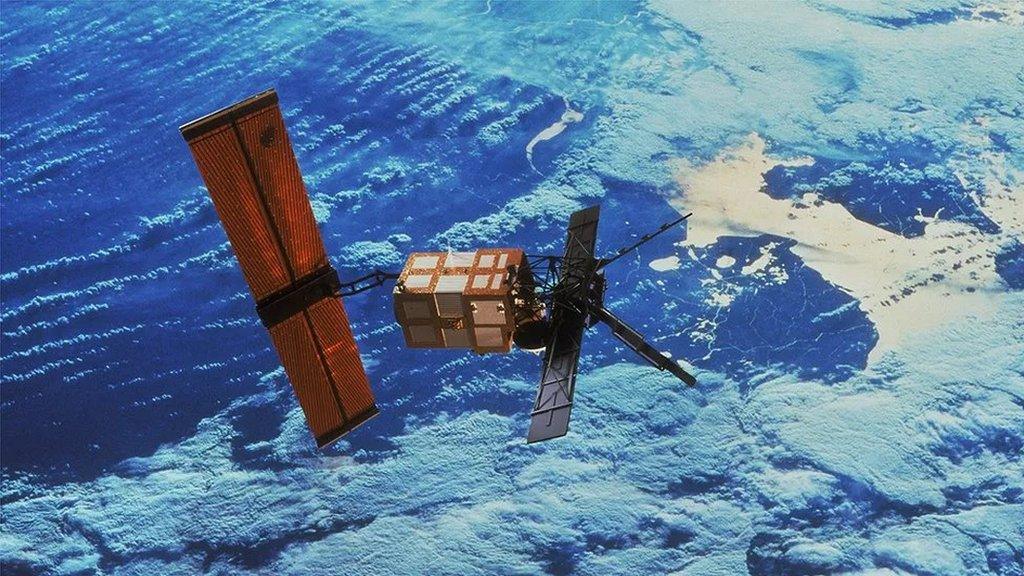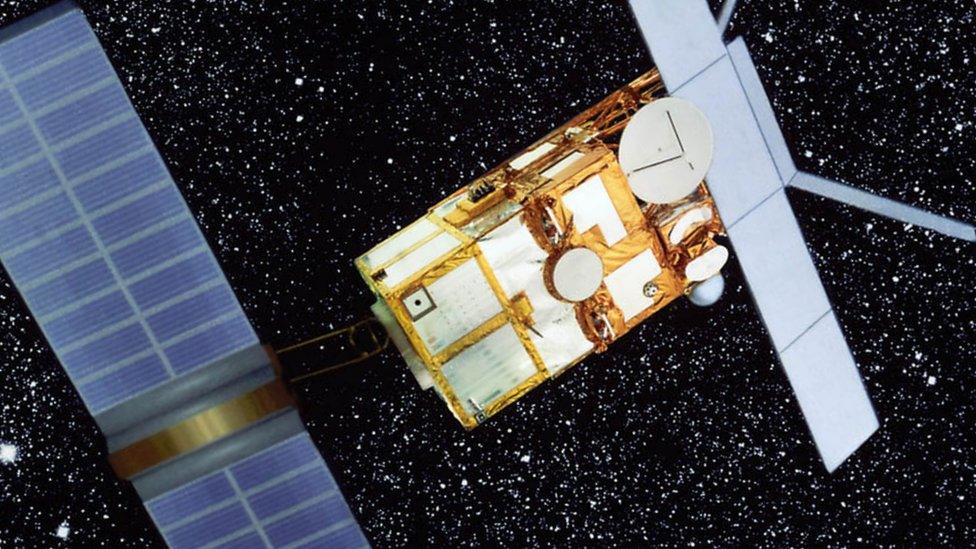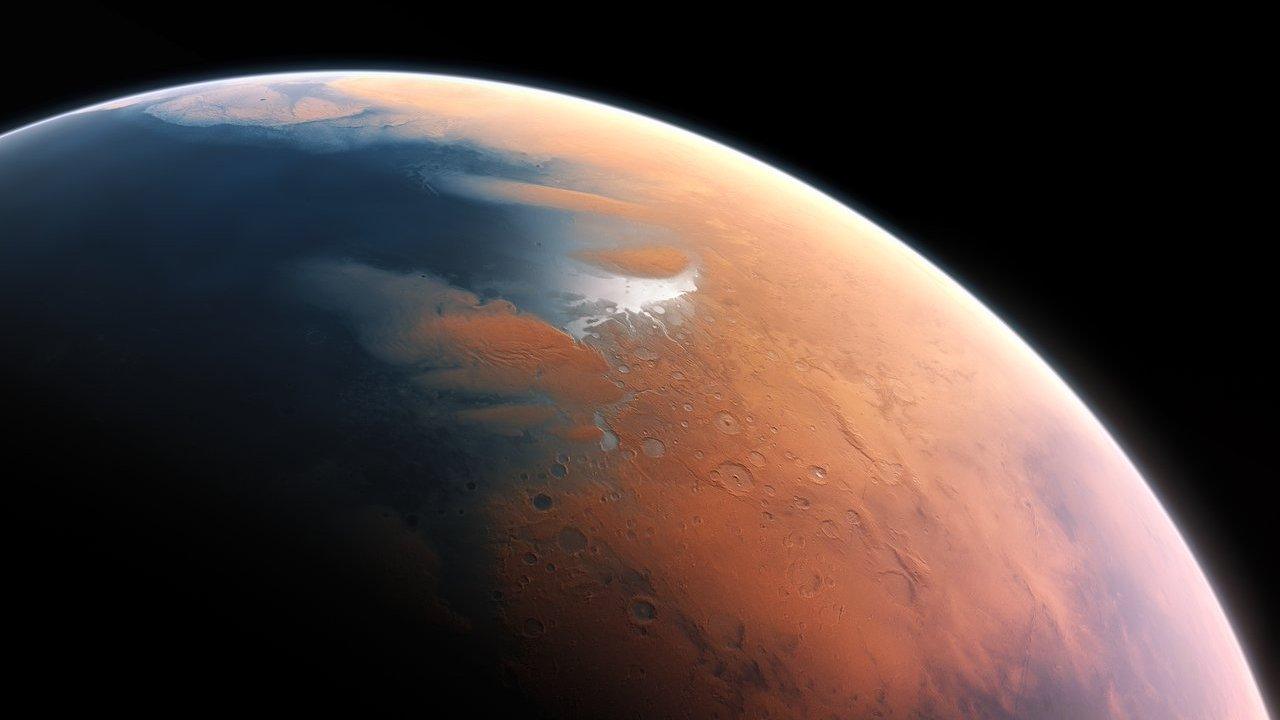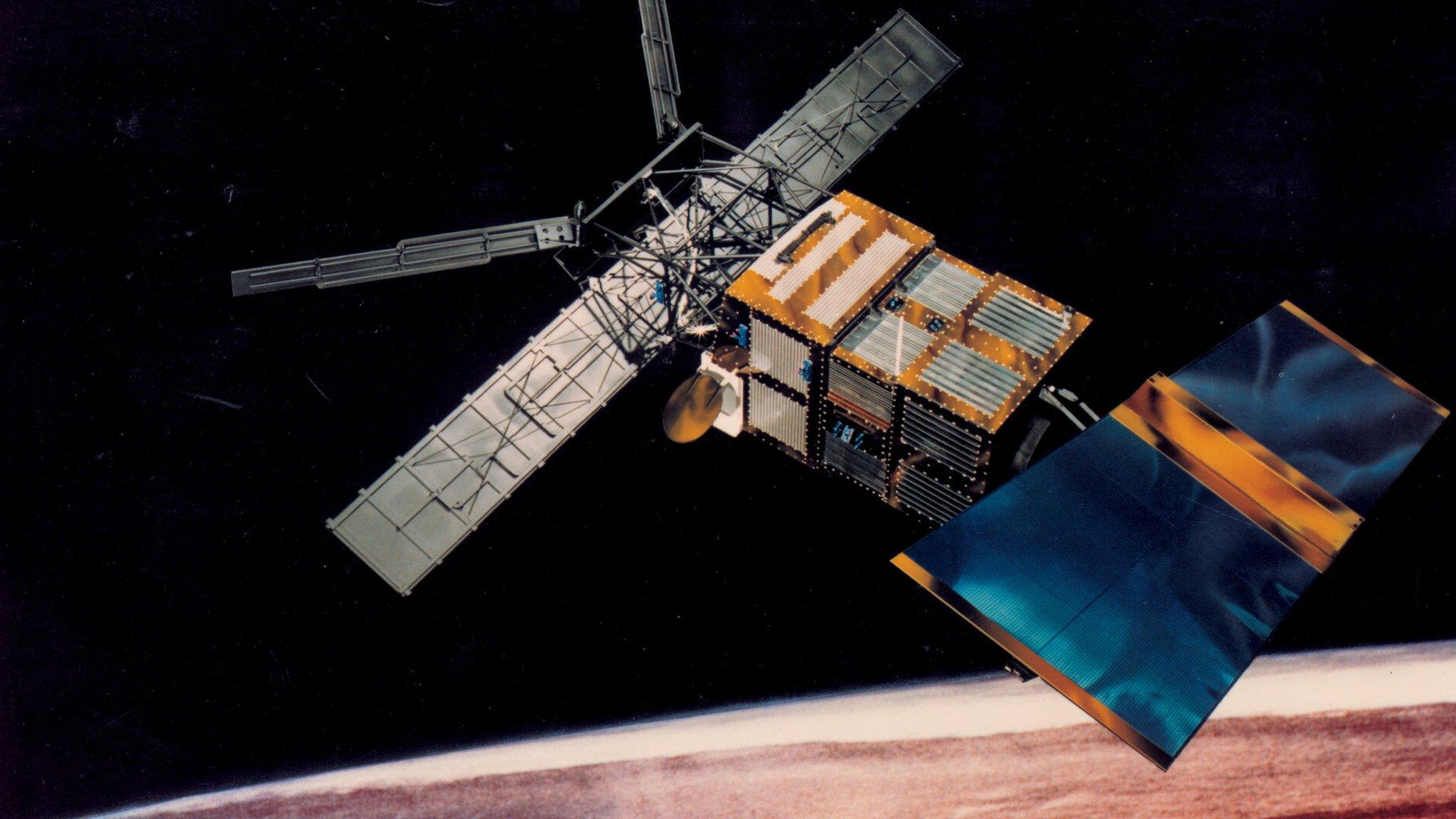ESA satellite falls to Earth after 30 years hard work in space
- Published
- comments

The satellite has fallen to Earth after almost 30 years in space
A European satellite has fallen to Earth after 30 years of work in space.
The spacecraft, called ERS-2, entered the Earth's atmosphere on Wednesday 21 February between Alaska and Hawaii.
ERS-2 went into space after another satellite, ERS-1, which was launched four years earlier.
When these two satellites were launched, it was a huge event for space research - they were some of the most advanced satellites looking at Earth at the time.
The satellites measured land and ocean-surface temperatures, collected data on Earth's melting polar ice caps, and monitored natural disasters - such as severe floods and earthquakes - in remote parts of the world.
This helped scientists learn what impact humans have been having on the world around us, and what we can do to look after our planet.
ERS-2 also introduced a new way to look at Earth's protective ozone layer - which is vital in understanding the extent of climate change on Earth.
How did the satellite fall to Earth?

ERS-2 has been gradually falling since it stopped working in 2011. It was a long way up in space, and because the satellite was orbiting the Earth, it had to slowly circle closer and closer to the atmosphere before finally crashing.
The ESA shared the co-ordinates of where the satellite landed on social media - somewhere between Alaska and Hawaii, in the Pacific Ocean. It officially landed on the planet just before 17:30 GMT.
The satellite weighed around two tonnes - the ESA said it weighs similar to an adult rhino.
The ESA says the satellite will have likely broken up into smaller pieces as it landed in the sea. They posted an update report shortly after reading "Goodnight everyone. Goodnight ERS-2".
- Published18 February 2024

- Published11 February 2024

- Published14 February 2024

